1930 FORD MODEL A "WOODY" STATION WAGON Chassis No. A3641874 Beige and black with natural wood finish and dark brown interior Engine: four cylinder, in-line, 200.5ci, 40bhp at 2,200rpm; Gearbox: three-speed manual; Suspension: solid axle with leaf-springs; Brakes: four wheel drum. Left hand drive. Compared with its Model T predecessor the Model A had a much shorter production life, amounting to about five years. Even in those times, four and a half million examples were sold - a record that stands today. The rugged 3.3 litre side-valve engine provided 40bhp at 2,200rpm. With its three-speed sliding type gearbox, the Model A was capable of tackling any road conditions due to its immense low down torque and thus provided the ideal chassis for differing body styles. Among the options were a variety of models ranging from a two-door roadster to a coupe, to a four-door, to a pick-up truck and wooden station wagon as on offer here today. With few exceptions, wood had been almost exclusively designated for Ford automobile body frameworks and interior trim until the wood-bodied station wagon came along as a new model in April 1929. Unlike the rest of the Detroit establishment, Ford was one of the few to actually produce its own wood bodies. Nearly all the rest were built by independent contractors such as Ypsilanti Furniture, J.T. Cantrell and Hercules. Ford station wagon bodies were built from wood harvested at the company's Iron Mountain timber mills in Michigan's Upper Peninsula. Much of the wood used to build Ford station wagons went into the construction of the headliner, which consisted of long, white ash slats; the inside door panels were mahogany and the outside panels were a combination of mahogany and birch. The stylish four-door, wood-bodied station wagon was the second most expensive model in the Ford line, priced at $625 in 1930. The "Woody", a nickname given to the cars many years later, remained in the Ford line until civilian automobile production was officially halted on February 2, 1942 and the last American automobile before the war, a Ford Sedan, rolled off the assembly line. The Ford wood-bodied station wagon was one of the first models back into production after the war. This Ford Model A was purchased by the current owner from a private collector in North Carolina who had had the car professionally restored. The restoration has now mellowed a little, yet overall seems still to be very good. The Woody has the optional radiator thermometer and comes complete with all side curtains, and importantly, the proper piano-hinged side curtain storage compartment under the tailgate. Fitted with three rows of seats, it should be a fun and practical car for a family. In recent years collectors and public interest in all types of Woodies has taken a huge resurgence; in this Centenary year for Ford, we are delighted to have a Ford Woody in the sale. WITHOUT RESERVE
1930 FORD MODEL A "WOODY" STATION WAGON Chassis No. A3641874 Beige and black with natural wood finish and dark brown interior Engine: four cylinder, in-line, 200.5ci, 40bhp at 2,200rpm; Gearbox: three-speed manual; Suspension: solid axle with leaf-springs; Brakes: four wheel drum. Left hand drive. Compared with its Model T predecessor the Model A had a much shorter production life, amounting to about five years. Even in those times, four and a half million examples were sold - a record that stands today. The rugged 3.3 litre side-valve engine provided 40bhp at 2,200rpm. With its three-speed sliding type gearbox, the Model A was capable of tackling any road conditions due to its immense low down torque and thus provided the ideal chassis for differing body styles. Among the options were a variety of models ranging from a two-door roadster to a coupe, to a four-door, to a pick-up truck and wooden station wagon as on offer here today. With few exceptions, wood had been almost exclusively designated for Ford automobile body frameworks and interior trim until the wood-bodied station wagon came along as a new model in April 1929. Unlike the rest of the Detroit establishment, Ford was one of the few to actually produce its own wood bodies. Nearly all the rest were built by independent contractors such as Ypsilanti Furniture, J.T. Cantrell and Hercules. Ford station wagon bodies were built from wood harvested at the company's Iron Mountain timber mills in Michigan's Upper Peninsula. Much of the wood used to build Ford station wagons went into the construction of the headliner, which consisted of long, white ash slats; the inside door panels were mahogany and the outside panels were a combination of mahogany and birch. The stylish four-door, wood-bodied station wagon was the second most expensive model in the Ford line, priced at $625 in 1930. The "Woody", a nickname given to the cars many years later, remained in the Ford line until civilian automobile production was officially halted on February 2, 1942 and the last American automobile before the war, a Ford Sedan, rolled off the assembly line. The Ford wood-bodied station wagon was one of the first models back into production after the war. This Ford Model A was purchased by the current owner from a private collector in North Carolina who had had the car professionally restored. The restoration has now mellowed a little, yet overall seems still to be very good. The Woody has the optional radiator thermometer and comes complete with all side curtains, and importantly, the proper piano-hinged side curtain storage compartment under the tailgate. Fitted with three rows of seats, it should be a fun and practical car for a family. In recent years collectors and public interest in all types of Woodies has taken a huge resurgence; in this Centenary year for Ford, we are delighted to have a Ford Woody in the sale. WITHOUT RESERVE





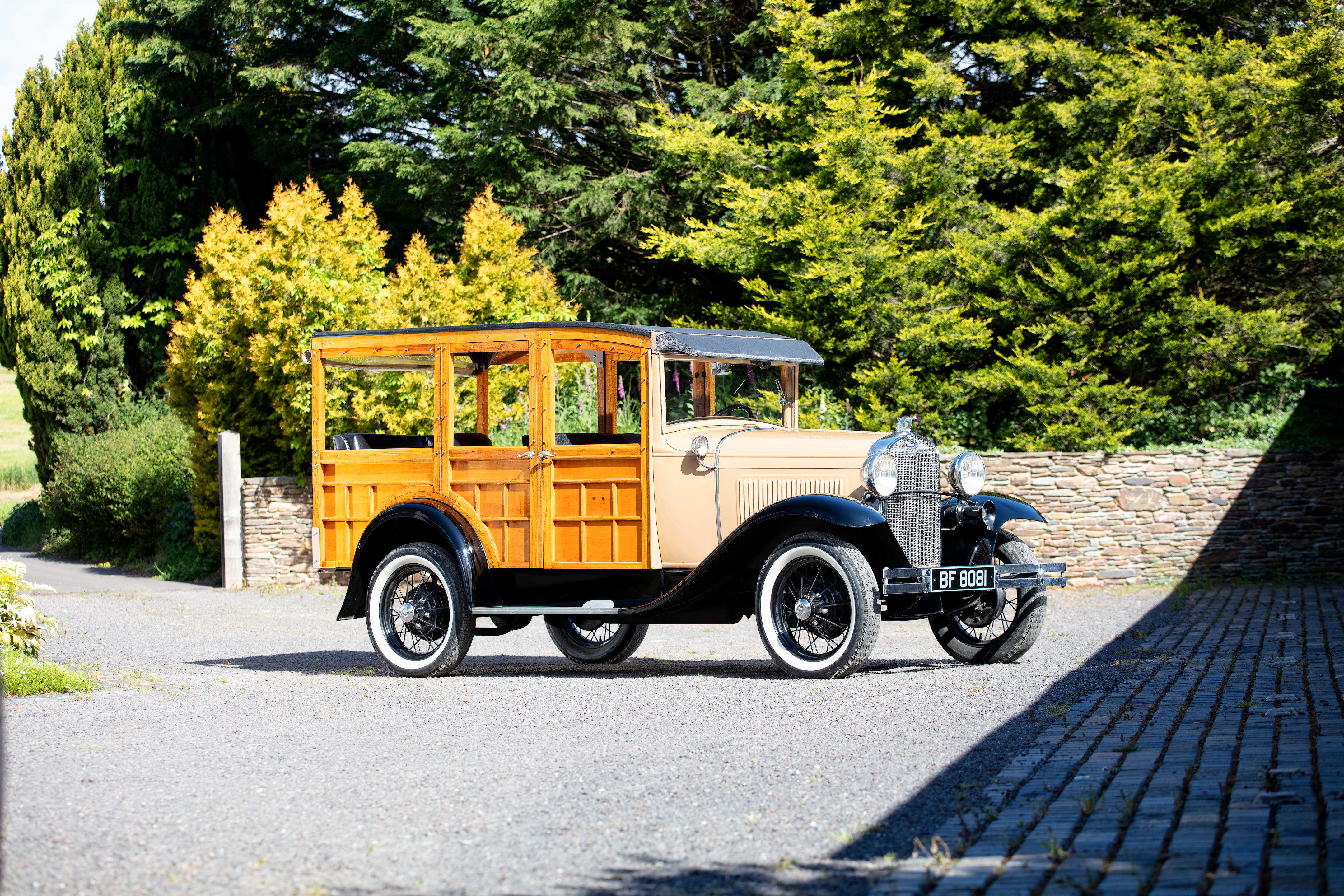




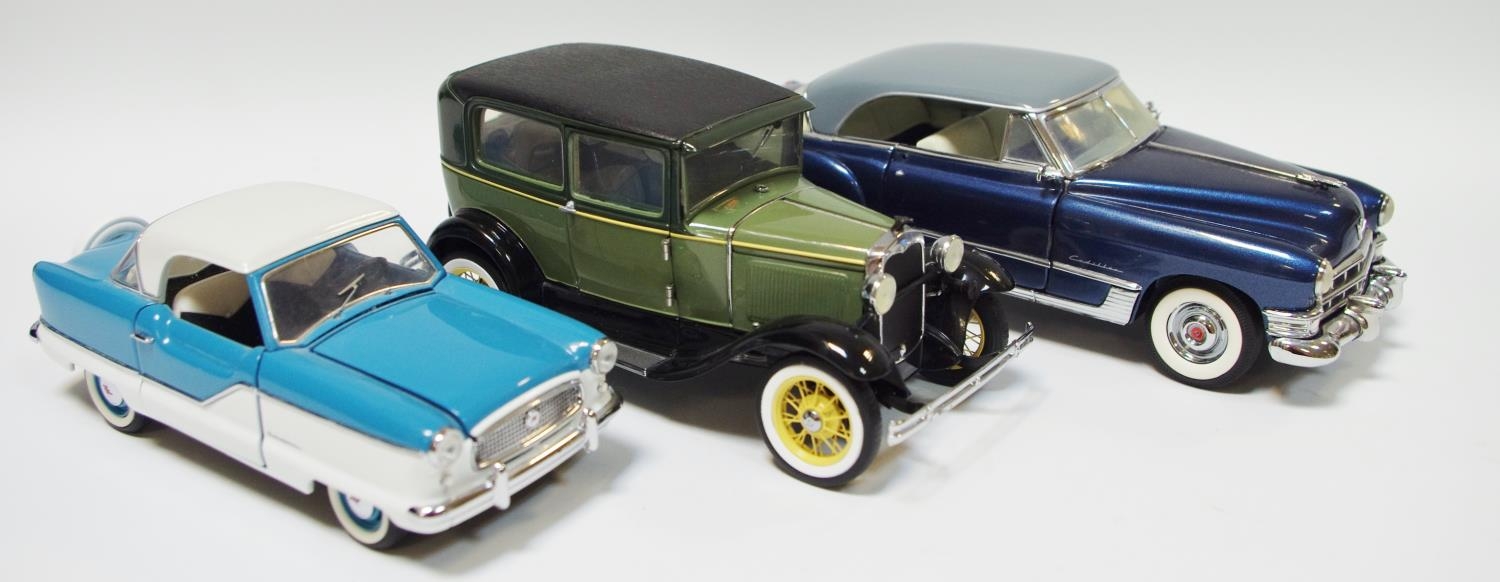
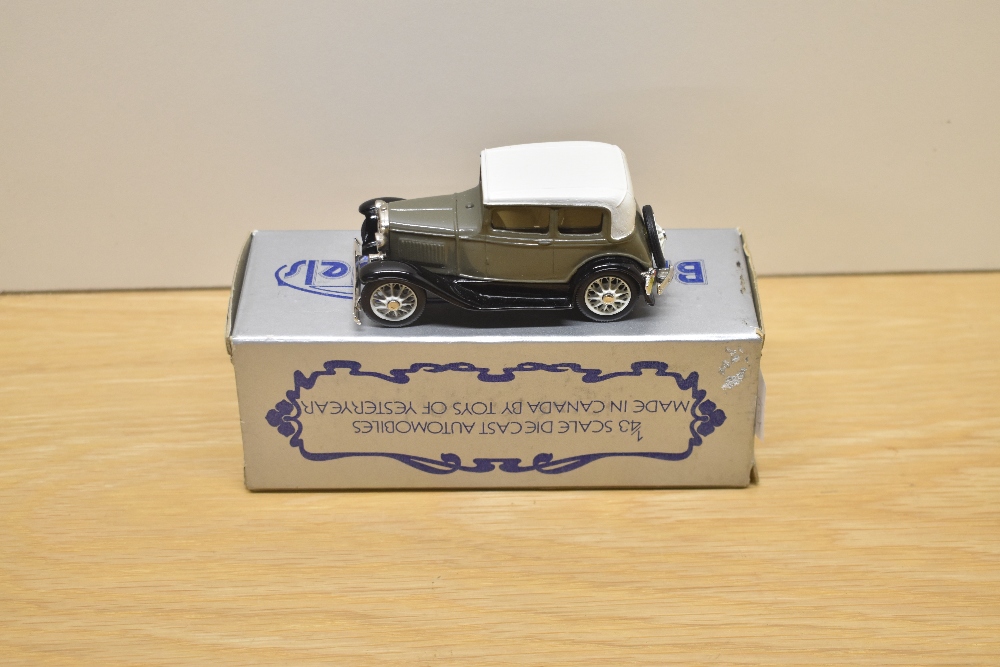
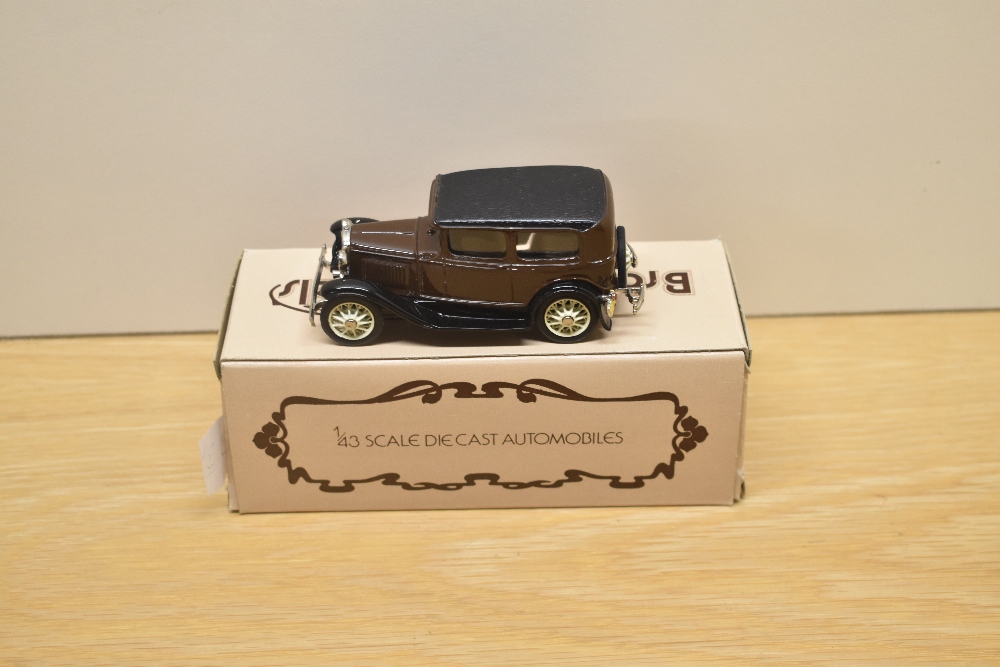
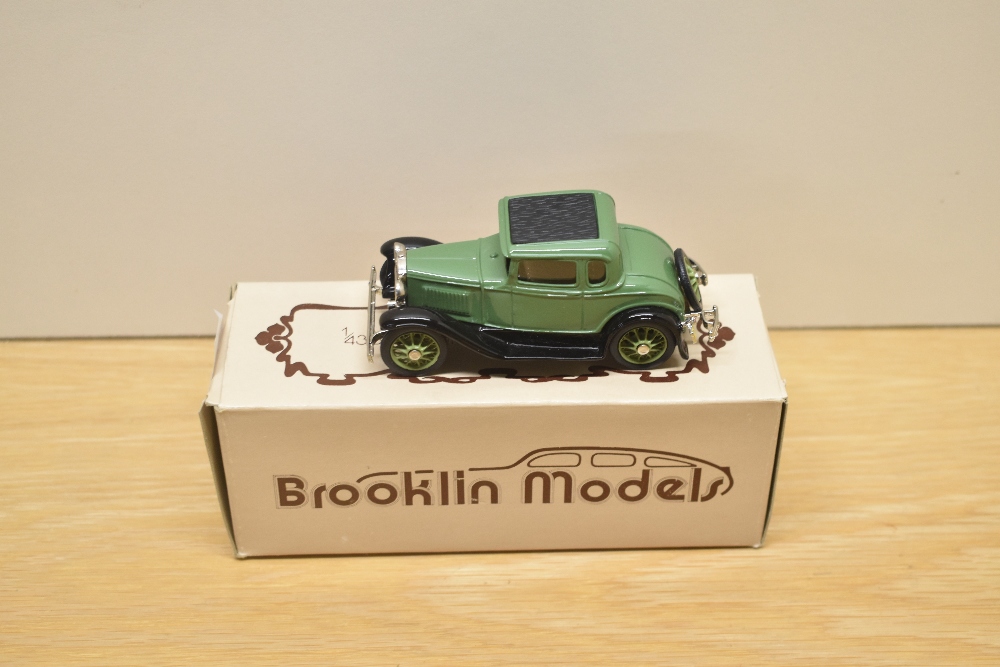

Testen Sie LotSearch und seine Premium-Features 7 Tage - ohne Kosten!
Lassen Sie sich automatisch über neue Objekte in kommenden Auktionen benachrichtigen.
Suchauftrag anlegen